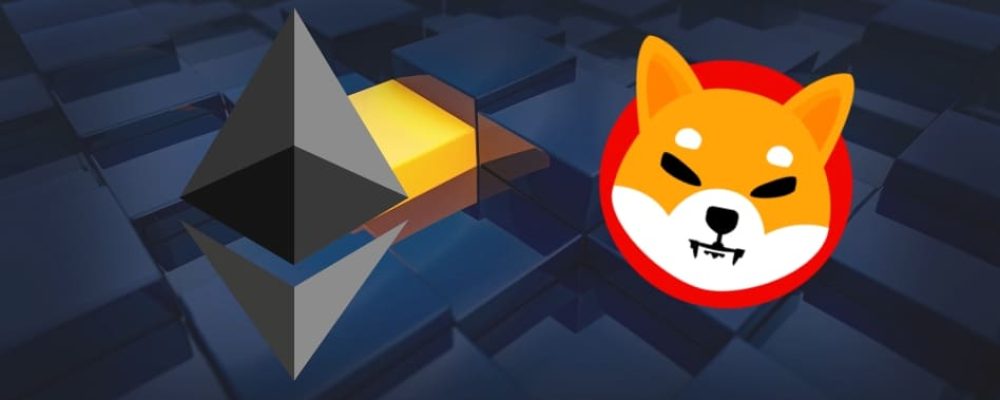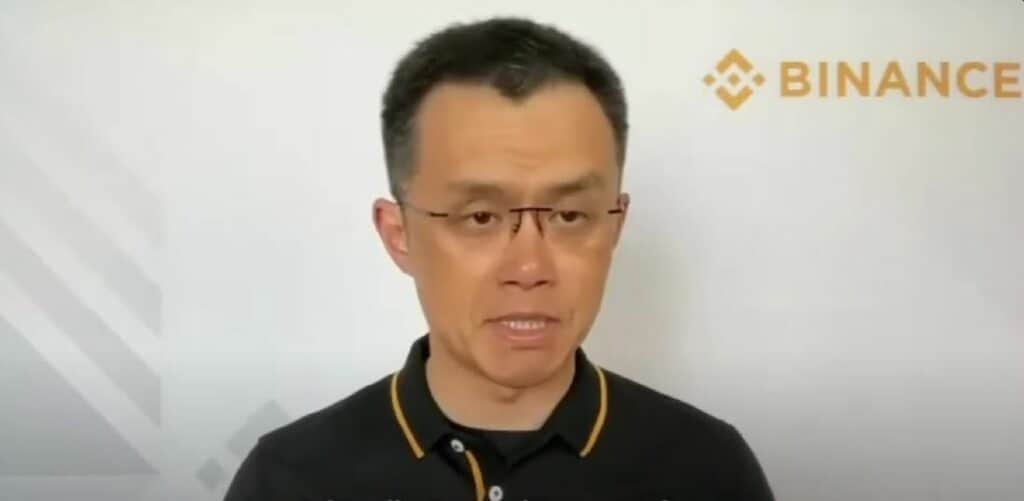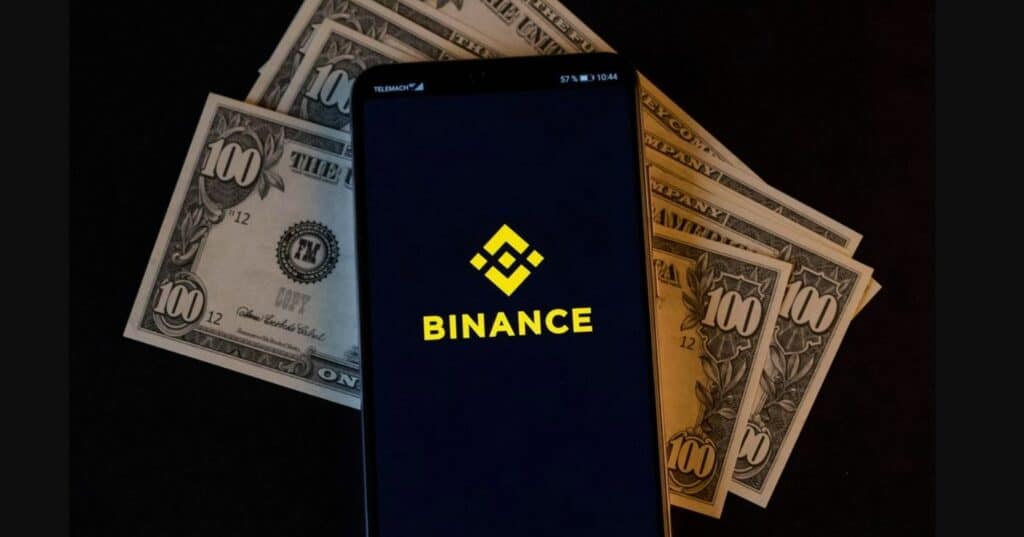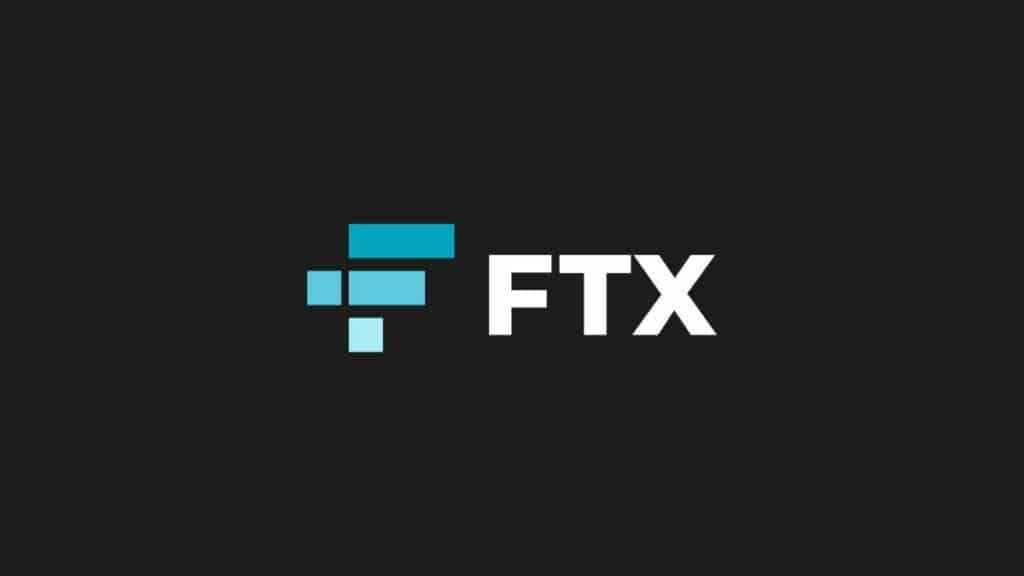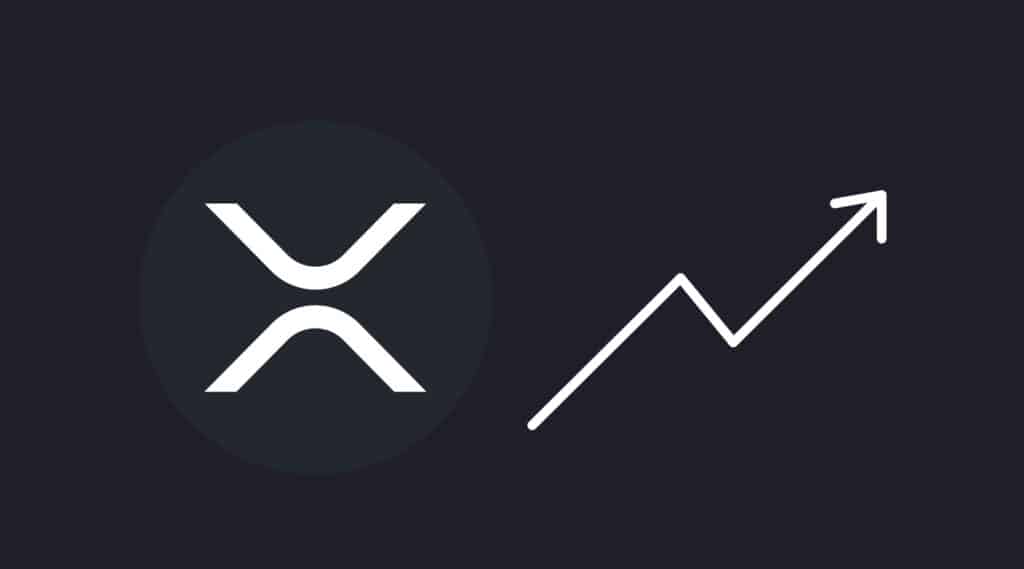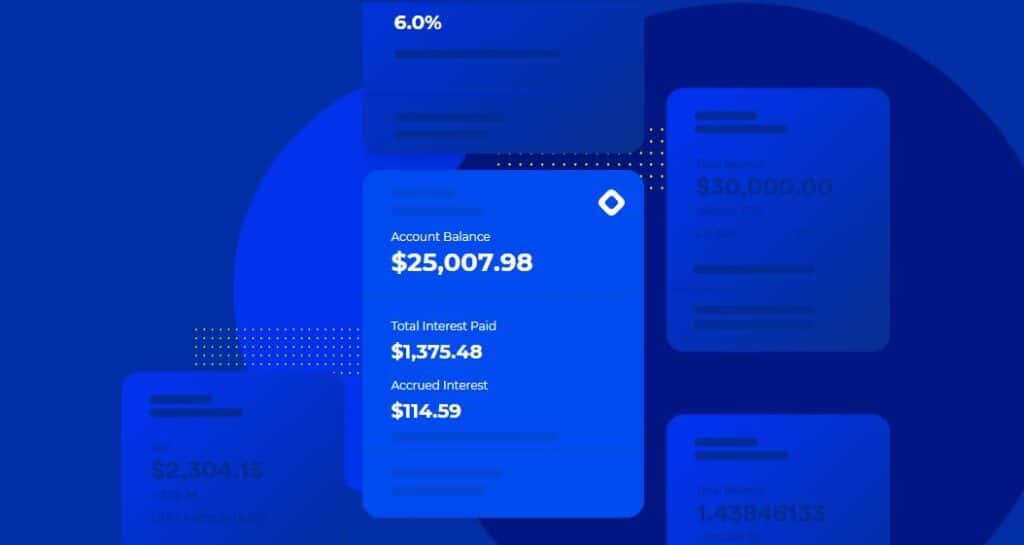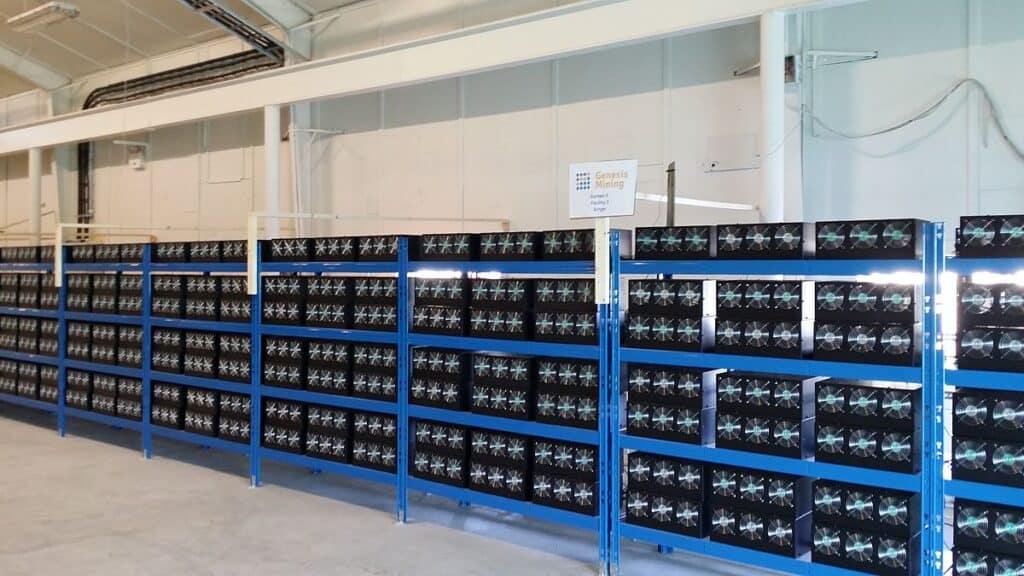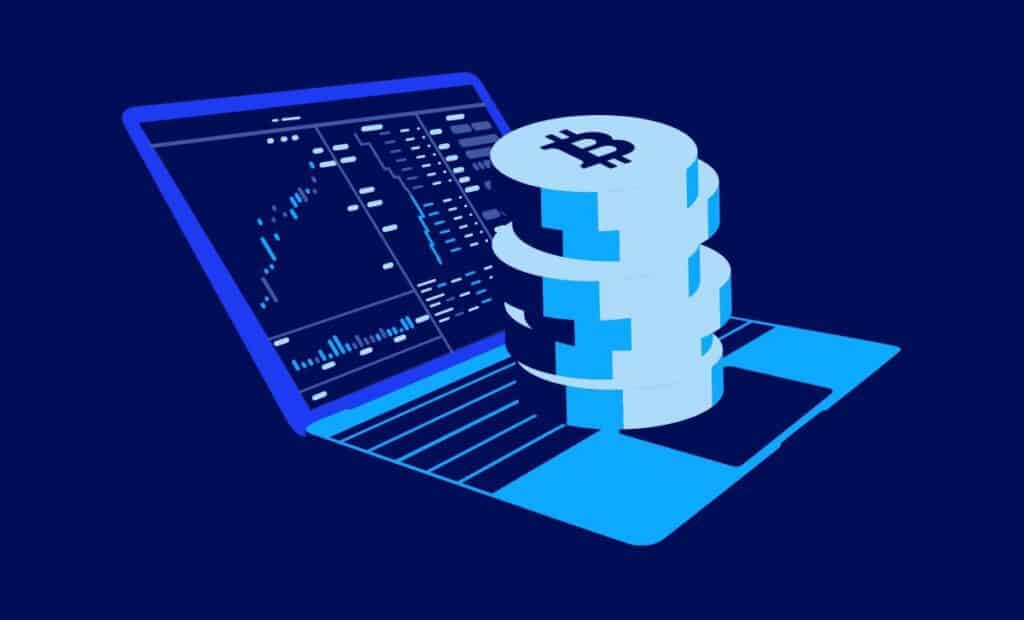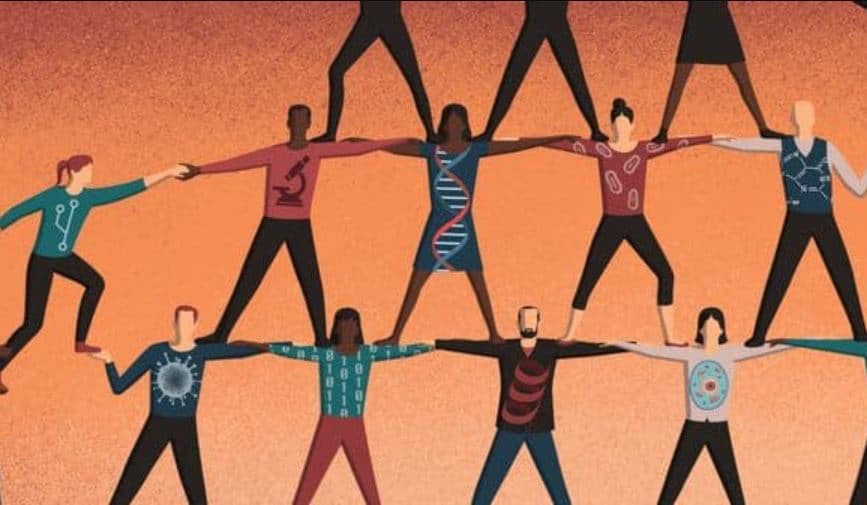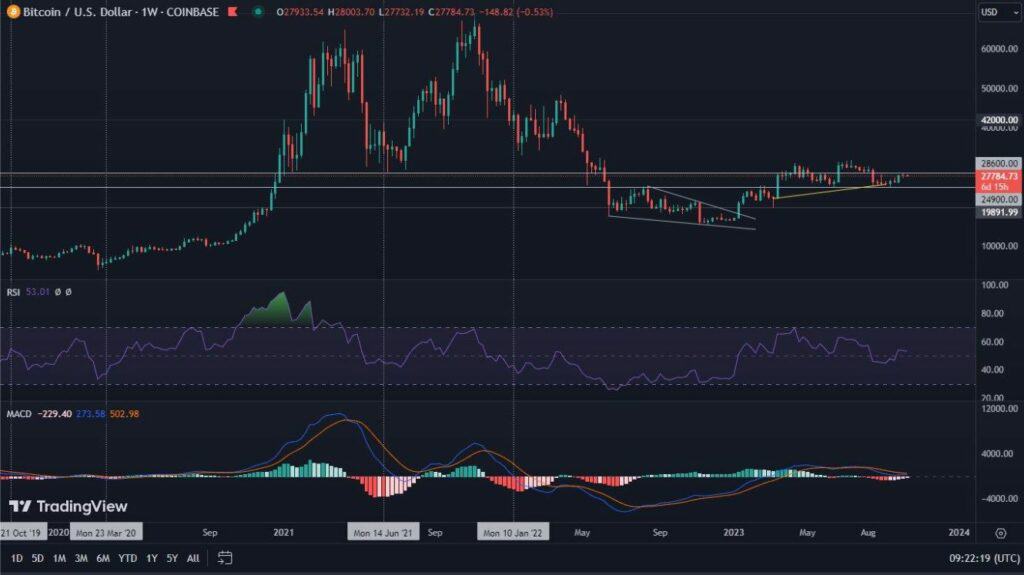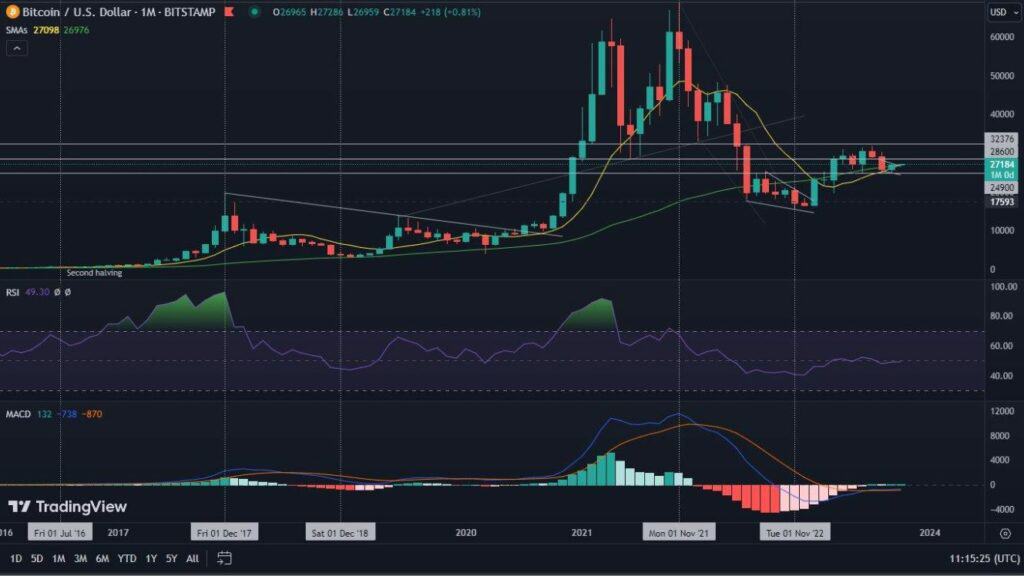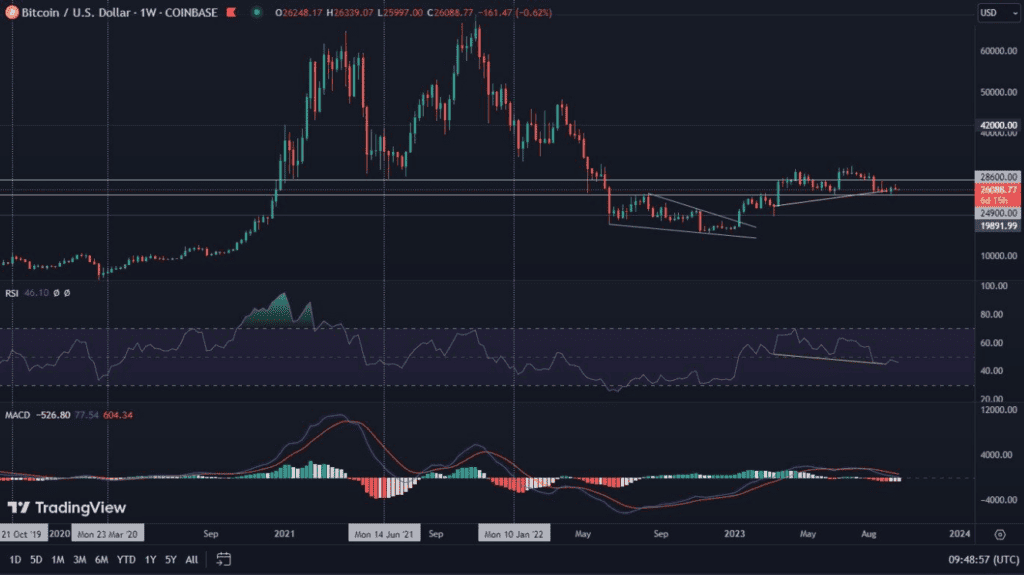One of the most important events of the Ethereum network, due in mid-September, will affect not only ETH but also other related projects. So what might happen to Shiba Inu after The Merge?
The change and its aftermath
The transition from the Proof of Work to the Proof of Stake consensus algorithm is a labor-intensive process for Ethereum. It was initiated in December 2020 and completing the Merge itself will only make the entire operation 55% complete. Thus, there is still a long way to go until its finalization, which is expected to end up speeding up Ethereum, making it more energy efficient as well as cheaper. Miners will then become history, and their place will be taken by validators.
Such changes will play an important role in the ecosystem, which includes projects built on Ethereum’s foundations. One of them is Shiba Inu. There are several hypotheses suggesting what exactly might happen then.
Merge effect
Merge will result in the Beacon chain being merged with the main network. According to the developers, the process itself is not expected to affect the operation of the network, so theoretically, it should not be affected in any way.
However, the change in the way ETH transactions are validated could also be seen in SHIB transactions and cause delays in the initial phase. As specialists argue, this is only a possibility, as a successful de facto connection may not hinder transactions. Instead, it may take some time for the whole thing to function without the slightest friction.
What after the Merge?
The Merge itself is just one of many planned changes. Sharding, which is to be introduced in 2023, should not be forgotten. It is expected to have a significant impact on improving network scalability by increasing transaction speeds and ecosystem capacity. Reducing transaction fees is also an important element of scalability. Admittedly, the SHIB team in-house is working on solutions to this problem. We are referring, of course, to Shibarium. However, swaps in the Ethereum core network may further assist SHIB developers in achieving their individual goal.
For the moment, the above aspects are only hypotheses. The answers to them will be known only after the September Merge. Along with them, more detailed plans for further developments will probably emerge. Ethereum developers argue that the outcome of the consensus merge is not fully predictable, making the process to be evaluated as it unfolds.

